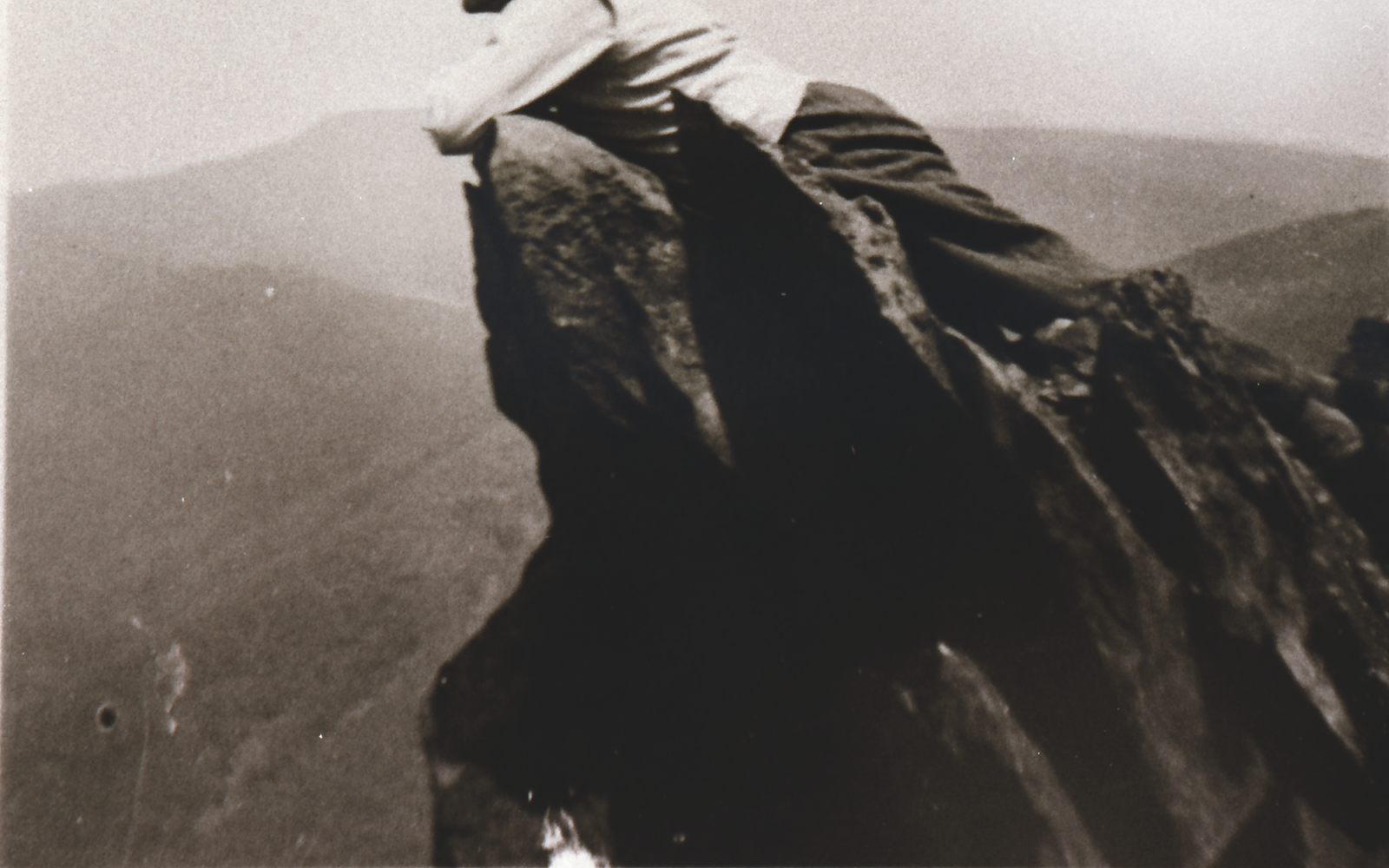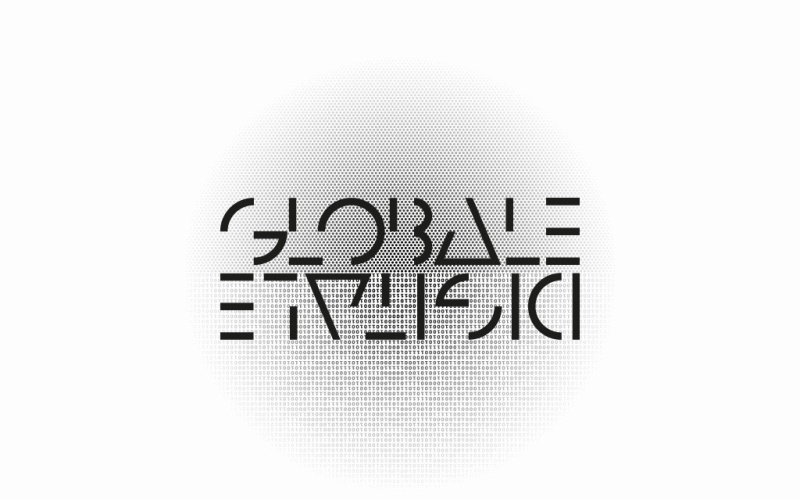- Exhibition
GLOBALE: Vienna Circle – Digital Logic and Scientific Philosophy
Sun, April 24 – Sun, September 04, 2016
- Location
- Atrium 8
The »Vienna Circle – Exact Thinking in Demented Times« exhibition curated by mathematician Karl Sigmund and science historian Friedrich Stadler (both University of Vienna) is being opened to end the GLOBALE. The exhibition was organized for the University of Vienna’s 650th anniversary celebrations in 2015. The ZKM is showing a reduced version of this successful exhibition called »Vienna Circle – Digital Logic and Scientific Philosophy«.
As part of the exhibition the symposium »The Vienna Circle – Currentness in Science and Art« takes place on July 1 and 2, 2016.
The Vienna Circle was founded in the 1920s by the philosopher Moritz Schlick, the social reformer Otto Neurath and the mathematician Hans Hahn. The members of the Vienna Circle met once a week to philosophize and in doing so laid the foundations for important fields of research in the 20th century. Its members’ main concern was to counteract the irrationalism taking hold around them in politics and culture with a system of empirical, rational and scientific thinking and action. These meetings were attended by reputable scientists: besides the famous philosopher Ludwig Wittgenstein, the logician Bertrand Russell and mathematicians Olga Hahn-Neurath and Olga Taussky also valued the group. The philosopher Karl Popper and Oskar Morgenstern, who co-founded the mathematical field of game theory, drew important inspiration from the Vienna Circle’s discussions.
This exhibition communicates the exceptional intellectual and cultural ideas of these remarkable thinkers that still reach deep into our lives today. For example, some of the Vienna Circle’s interdisciplinary analysis formed the basis that scientists used later on to develop algorithms, computer programs and pictograms. However, besides these kinds of achievements, the exhibition also highlights the dark sides of that time, which members of the Vienna Circle were confronted with in their everyday lives. As it was the excesses of political fanaticism and anti-Semitism that ultimately led to the dissolution of the circle.
Vienna Circle’s work and impact
The Vienna Circle played a crucial role in the philosophy of science in the 20th century: the developments within philosophy at that time were largely based on events in Vienna, Prague and Berlin, which then spread out from there. The Vienna Circle’s themes were quickly picked up on by leading minds and intellectuals in Europe and the USA. The Vienna Circle’s public impact started in 1924. The meetings were always held on Thursdays at the University of Vienna’s Mathematical Seminar in Vienna’s Boltzmanngasse. The political and social developments throughout the country also spread rapidly at the University of Vienna. It became increasingly difficult for the Vienna Circle to appear and work in public due to anti-Semitism and racism. The co-founder Hans Hahn died in 1934 and Otto Neurath was forced into exile in the same year.The meetings finally ended with the murder of the founder Moritz Schlick in 1936. The philosopher was shot out of personal and ideological rivalry on the steps of the University of Vienna’s philosophy faculty by one of his former students. A memorial plaque still commemorates Schlick today at the spot where he was assassinated. After the Second World War the Vienna Circle was not revived at its place of origin for a long time. But its ideas still found acclaim on an international level though. As a result, the Vienna Circle continued to have an impact after the war and influenced 20th century intellectual history.
Preparation of content
The »Institute Vienna Circle« was founded in 1991 to prepare and document the works and impact of the Vienna Circle in science and national education and it became a University of Vienna institute in 2011. The Scientific Director of the Institute is Friedrich Stadler, Professor at the Institute for Philosophy and Contemporary History at the University of Vienna.The installation »CloudBrowsing« developed for the »PanoramaScreen« by ZKM provides a multimedia interpretation of the Vienna Circle. A roughly 20 square meter circular projection screen invites visitors to interact with pictures and text documents. The objects from twelve topic areas are continuously automatically generated by a computer algorithm from Wikipedia and provide links to more information.
Exhibition publications
A detailed catalogue has been published by LIT Verlag for the exhibition. Current publications by the two curators also supplement the exhibition providing more in-depth knowledge:Karl Sigmund, »Sie nannten sich Der Wiener Kreis. Exaktes Denken am Rand des Untergangs« (SpringerSpektrum, 2015) as well as Friedrich Stadler, »The Vienna Circle. Studies in the Origins, Development, and Influence of Logical Empiricism« (German and English. Springer, 2015).
Organizing Organization / Institution
ZKM | Karlsruhe
This Event - Is part of
Accompanying program
Accompanying Program

